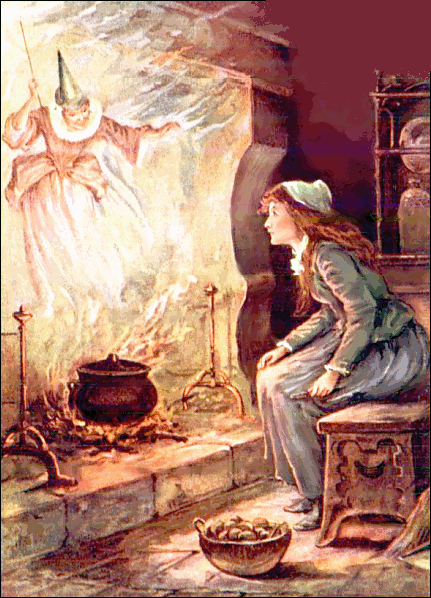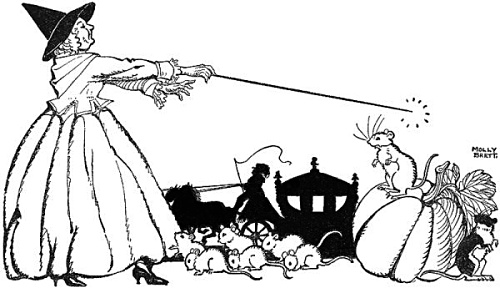 For most of my life, I didn’t know how to shop for clothes.
For most of my life, I didn’t know how to shop for clothes.
If I happened to buy something that looked good on me, it was total luck.
Then, when I was 35, I met the woman who I call my Fairy Godmother. Her name is Paula.
Paula also worked at the same university that I did and on the side, she was a fashion and wardrobe consultant.
Her company‘s name? Clothes Encounters. Cool, huh?
For $195, Paula spent four hours at my home, combing through my entire closet and educating me on what I needed to know to dress well. I learned more in those four hours than I did from a lifetime of reading fashion magazines and watching shows on TV.
I learned:
1) what kind of body type I have;
2) what style of clothes look good on me;
3) what my color season was; and
4) what colors are in my season.
Soon after going to “wardrobe school,” I hired Paula by the hour to take me shopping and show me how to put the principles she taught me to work. After two trips to Nordstrom’s and Macy’s, I became a pro at picking out my own clothes.
I learned so much during those shopping trips with Paula.
My top three ahas! were:
1) everything has to be tried on;
2) there’s no such thing as standardized sizing for women
(you might wear small or a x-large–it just depends on the brands); and
3) shopping doesn’t end at the store
(when in doubt, take the item home and think about it; and if you don’t like it after one or two weeks, return it).
I started to notice the fringe benefits of dressing well. You get better service in stores. You get more respect at the office. People start complimenting you (although they will usually ask if you lost weight or changed your hair style; they won’t realize it’s your new clothes and new color scheme). You might even get a promotion. Best of all, you simply feel better.
So, when I started this new goal to buy no new clothes for one year, I wondered if I would be as successful finding used clothes as I had been buying new clothes. It’s a lot easier to walk into a beautifully organized clothing department than it is to rifle through racks and racks of mismatched clothing at a thrift store.
But I found out last week when I shopped at the Goodwill that all the principals I learned from Paula still apply for used clothes. It’s not harder–it just takes some forethought.
Here are 7 tips to help you buy great used clothes.
1) Determine your body type and color season.
If you don’t have access to a Fairy Godmother like Paula, it’s worth the time to read the two articles I’ve linked to above that will help you determine your body type and color season. Even just knowing your color season will help you shop way more efficiently. You zoom in only on the colors that work for you and ignore all the rest.
2) Identify clothes in your closet that look really good on you.
Look closely at these items to figure out why they make you look good. What’s the shape or cut? What’s the color? What is the general shape and size? Look at the shape of the item, NOT the number “size” on the tag. Try to solidify these elements in your mind so that you can recognize future pieces of clothing that might look good on you.
3) Choose just one kind of item to look for.
To avoid overwhelm, look at your closet and figure out what you most need next. Then, just look for that item. For example, you might search only for skirts or only for shorts. NOTE that shopping for jeans usually takes longer. You might have to make a few trips to find the right jeans.
4) Try shopping at the end of the day.
I used to shop in the morning. I felt lighter, thinner and it felt good to get a jump on my day. But recently I shopped during my most bloated part of the month (ladies, you know what I’m talking about) and from 8-9pm, one hour before closing. I have to say, I was surprisingly pleased. If something I tried on fit, I would be really happy because I knew that it would fit me when I was bloated and when I was more normal. Gone are the days of mentally sorting the clothes in my closet for “skinny days” and “fat days.”
5) Shop during the last hour that the store is open.
This may not work for you, but I discovered recently when I went to the Goodwill one hour before it closed that I like having a limit on the amount of time I can shop. Even with only one hour to shop, I don’t rush myself. I tell myself: you will find what you will find and no worries if you find nothing.
6) Ignore the sizes on the tags.
If you look in my closet, you will find everything from Small to Extra-Large and from size 4 to size 12. There are no standardized sizes for women’s clothes. Men have standard sizes. Women don’t. It sucks. If you take the time to do Tip #2, you will get better at recognizing what basic “size” and shape works for you. Don’t be thrown off by the number size. If it even looks like it might fit, try it on.
7) Find a good tailor.
I remember when Paula and I went shopping for the first time and I was upset that a pair of pants were too long. She said, we’ll have them altered. Easy. I don’t know why I’ve avoided getting alternations most of my life. I guess I always thought it was too expensive. She said when clothes don’t fit quite right, women blame their bodies while men go see a tailor. So true! It’s worth the extra $10-$20 to alter an item to fit your body perfectly.
You have probably figured out that this post is really my way of paying homage to my Fairy Godmother Paula.
Clothes Encounters is closed now and Paula has moved on to other ventures, but I still think of her every time I go shopping and every time someone compliments me on my clothes. Thank you, Paula, for teaching me how to look good.
If I can do it, so can YOU.
Take these tips to heart and learn how to make yourself look great…the Super Frug way!


 Follow
Follow
Pingback: A Year’s Worth of Clothes for $115 | Super Frug